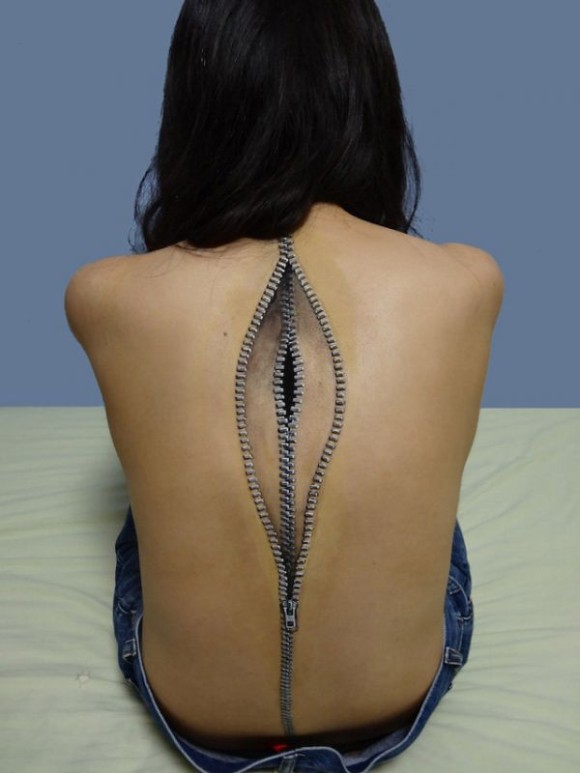
n a shifty world, surely the one thing we can rely on is the evidence of our own eyes. I may doubt everything else, but I have no doubts about what I see right now. Even if I'm stuck in The Matrix, even if the things I see aren't real—I still know that I see them.
Sometimes we may think we see more than we actually do. Chris Silas Neal
Or do I?
A new paper in the journal Trends in Cognitive Sciences by the New York University philosopher Ned Block demonstrates just how hard it is to tell if we really know what we see. Right now it looks to me as if I see the entire garden in front of me, each of the potted succulents, all of the mossy bricks, every one of the fuchsia blossoms. But I can only pay attention to and remember a few things at a time. If I just saw the garden for an instant, I'd only remember the few plants I was paying attention to just then.
How about all the things I'm not paying attention to? Do I actually see them, too? It may just feel as if I see the whole garden because I quickly shift my attention from the blossoms to the bricks and back.
Every time I attend to a particular plant, I see it clearly. That might make me think that I was seeing it clearly all along, like somebody who thinks the refrigerator light is always on, because it always turns on when you open the door to look. This "refrigerator light" illusion might make me think I see more than I actually do.
On the other hand, maybe I do see everything in the garden—it's just that I can't remember and report everything I see, only the things I pay attention to. But how can I tell if I saw something if I can't remember it?
Prof. Block focuses on a classic experiment originally done in 1960 by George Sperling, a cognitive psychologist at the University of California, Irvine. (You can try the experiment yourself online.) Say you see a three-by-three grid of nine letters flash up for a split second. What letters were they? You will only be able to report a few of them.
Now suppose the experimenter tells you that if you hear a high-pitched noise you should focus on the first row, and if you hear a low-pitched noise you should focus on the last row. This time, not surprisingly, you will accurately report all three letters in the cued row, though you can't report the letters in the other rows.
But here's the trick. Now you only hear the noise after the grid has disappeared. You will still be very good at remembering the letters in the cued row. But think about it—you didn't know beforehand which row you should focus on. So you must have actually seen all the letters in all the rows, even though you could only access and report a few of them at a time. It seems as if we do see more than we can say.
Or do we? Here's another possibility. We know that people can extract some information from images they can't actually see—in subliminal perception, for example. Perhaps you processed the letters unconsciously, but you didn't actually see them until you heard the cue. Or perhaps you just saw blurred fragments of the letters.
Prof. Block describes many complex and subtle further experiments designed to distinguish these options, and he concludes that we do see more than we remember.
But however the debate gets resolved, the real moral is the same. We don't actually know what we see at all! You can do the Sperling experiment hundreds of times and still not be sure whether you saw the letters. Philosophers sometimes argue that our conscious experience can't be doubted because it feels so immediate and certain. But scientists tell us that feeling is an illusion, too.

No comments:
Post a Comment